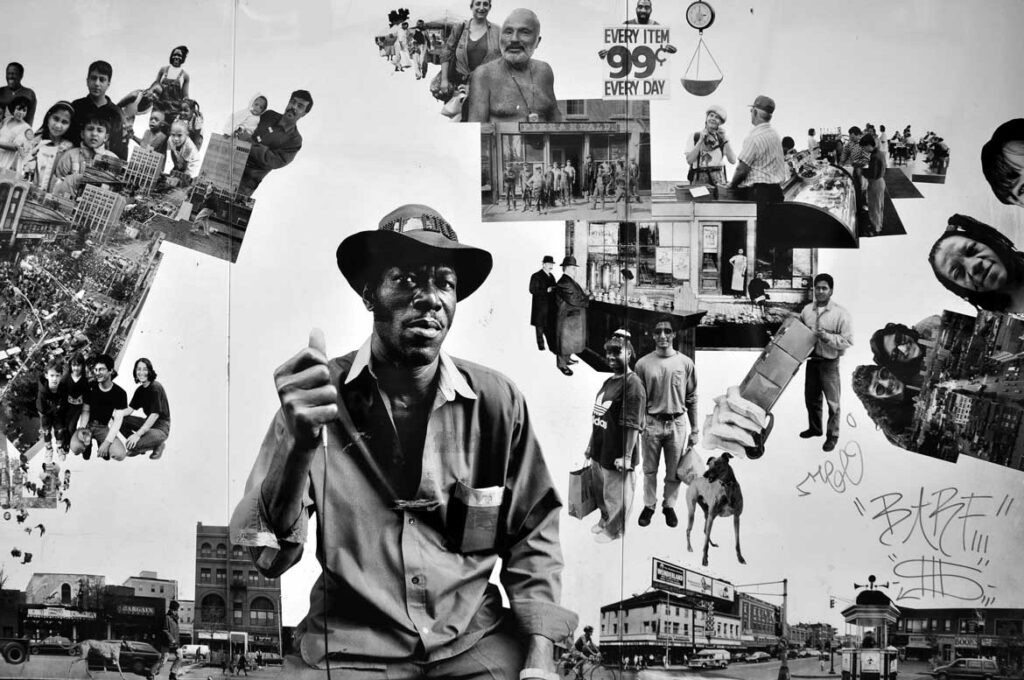Emotive climate storytelling takes you on a journey from the heart to your head.
Imagine standing in a lush forest, the air thick with the scent of pine and the sound of rustling leaves. A small bird flits between branches; its song is a testament to the thriving ecosystem around you.
Now, picture this same forest ravaged by wildfires, its vibrant life reduced to ashes. This stark contrast isn't just a visual tragedy; it's a story waiting to be told.
Emotive storytelling transforms raw data into compelling narratives that move people to protect our planet. Here’s how this powerful tool can benefit your organization.
Table of Contents
What Is Emotional Storytelling?

Many organizations claim to tell climate stories but often only share stats and facts. While these numbers inform, they don't transform into action.
Emotive storytelling is the narrative account of a significant emotional experience (or events)1. It frames climate stories through your characters' emotional experiences, whether people or animals.
While humans pride themselves on being rational beings, "emotions undoubtedly play a significant role in our decisions, working alongside rational processes to guide our behavior," according to Yale Insights.
Therefore, emotive climate storytelling is crucial. It taps into our limbic system, which is responsible for emotional reactions and creates positive emotional connections toward climate action.
Specific Emotions that Resonate with Climate Action?

While negative emotions can drive initial action, positive emotions are crucial for sustained engagement.2 Here's a breakdown of key emotions that motivate climate action:
- Hope: Feeling optimistic about positive change can inspire action.
- Anger: Righteous anger at climate injustice can motivate advocacy.
- Anxiety: Climate anxiety can propel people to seek solutions.
- Guilt: A sense of personal responsibility can drive sustainable practices.
- Empathy: Feeling others' suffering due to climate change can inspire action.
The Benefits of Emotive Climate Storytelling
Storytelling is not sharing facts or statistics or explaining what you do. These elements only matter to your audience once they have a story that provides context.
Emotive storytelling opens the door to empathy. This is why we're fans of this storytelling approach and have built our business around it.
1. Making emotional connections
Stories help nonprofits connect with their audience on an emotional level, creating empathy and shared experiences.
2. Encouraging action
Stories can inspire people to take action, whether donating, volunteering, or advocating for a cause. Thus, emotive storytelling can drive meaningful engagement and support for your initiatives.
3. Increasing visibility
Emotive storytelling can increase visibility by showcasing your work and mission. As a result, this can lead to more media coverage, social media engagement, and word-of-mouth marketing.
4. Humanizing the organization
Emotive storytelling humanizes your brand, breaking down barriers between your organization and your audience. The work becomes more relatable and engaging by highlighting the people behind the nonprofit.
5. Creating a sense of community
Emotive storytelling helps build community among supporters by illustrating the organization's impact. Consequently, it connects people to the mission and fosters a sense of belonging.
Emotive Climate Storytelling Examples
Kiss the Ground Movie
This insightful documentary, created by the nonprofit Kiss the Ground and directed by Rebecca and Josh Tickell, explores the connections between American farming policy, politics, and health issues.
- Storytelling: This documentary uses inspiring narratives of farmers and scientists practicing regenerative agriculture to combat climate change and improve soil health.
- Results: The film raised awareness about regenerative agriculture, engaging 10 million people and increasing public and private sector investment.
Hawaii: Strangers in Paradise
Wildlife Cinematographer Paul Atkins embraced emotional storytelling in the documentary Hawaii: Strangers In Paradise, dramatizing the struggles of eco pioneers in Hawaii.
- Results: For example, Senator Dan Inouye used this film to gain environmental support in Congress, and George W. Bush declared the northwestern Hawaiian Islands a National Monument after watching it.
Environmental Initiative Awards
Environmental Initiative initially approached us for storytelling support for their 2022 award winners. They embraced our emotive climate storytelling approach, which resonated deeply with their audience.
One of our client's Environmental Initiative leadership teams is open and has invested in emotive storytelling from their work and highlighting the work of others through their annual awards show.
- Storytelling: We helped award winners tell heartfelt stories, humanizing data and personalizing their work.
- Results: These stories retained donors and created an event of vulnerability and unity. Rachel from Environmental Initiative said, "You have helped us transform the awards ceremony into what it is meant to be."
Conclusion
Creating a just and sustainable world requires using our minds and hearts. So, facts alone won't get the job done. To influence the mind, you must first engage the heart 3. For organizations big and small, emotional storytelling is a valuable tool for connecting with your audience, inspiring action, and increasing visibility.
Now that you know these helpful emotive climate storytelling benefits, learn how to create engaging stories that resonate.
Related Articles
Footnotes & Citation
1 Annette Simmons, "The Story Factor", page 3
2 Philippe Odou, Marie Schill, "How Anticipated Emotions Shape Behavioral Intentions to Fight Climate Change"
3 Paul Atkins, TEDx Talk, "Cinematic Storytelling: The Heart vs. The Head," 2023
